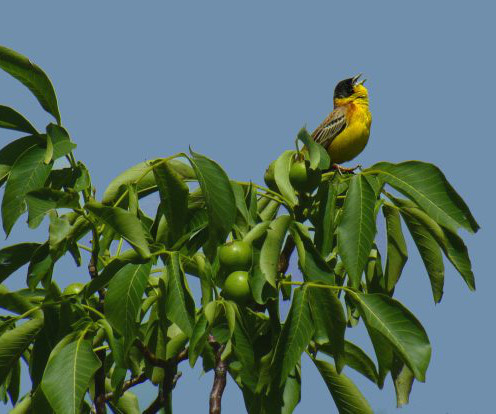Common Gallinule, the lost Moorhen
10,000 Birds
AUGUST 24, 2016
The Common Gallinule , is the most wide spread of all the members of the rail family, being found from Canada, to Chile, Europe, Asia, Africa, much of the Pacific, and the Galapagos Islands. These birds have been known to be prolific breeders, with as many as 8 broods a year, and each clutch holding from 5-13 eggs.












Let's personalize your content